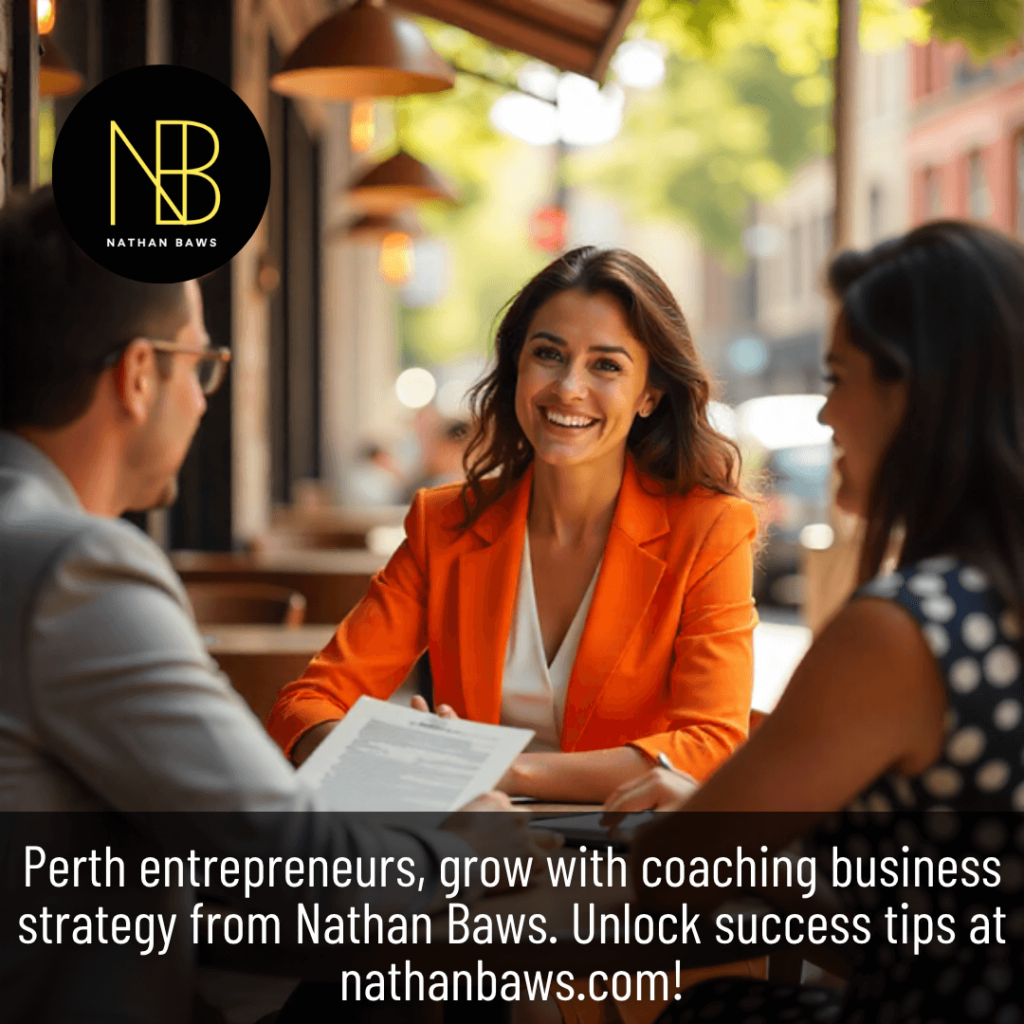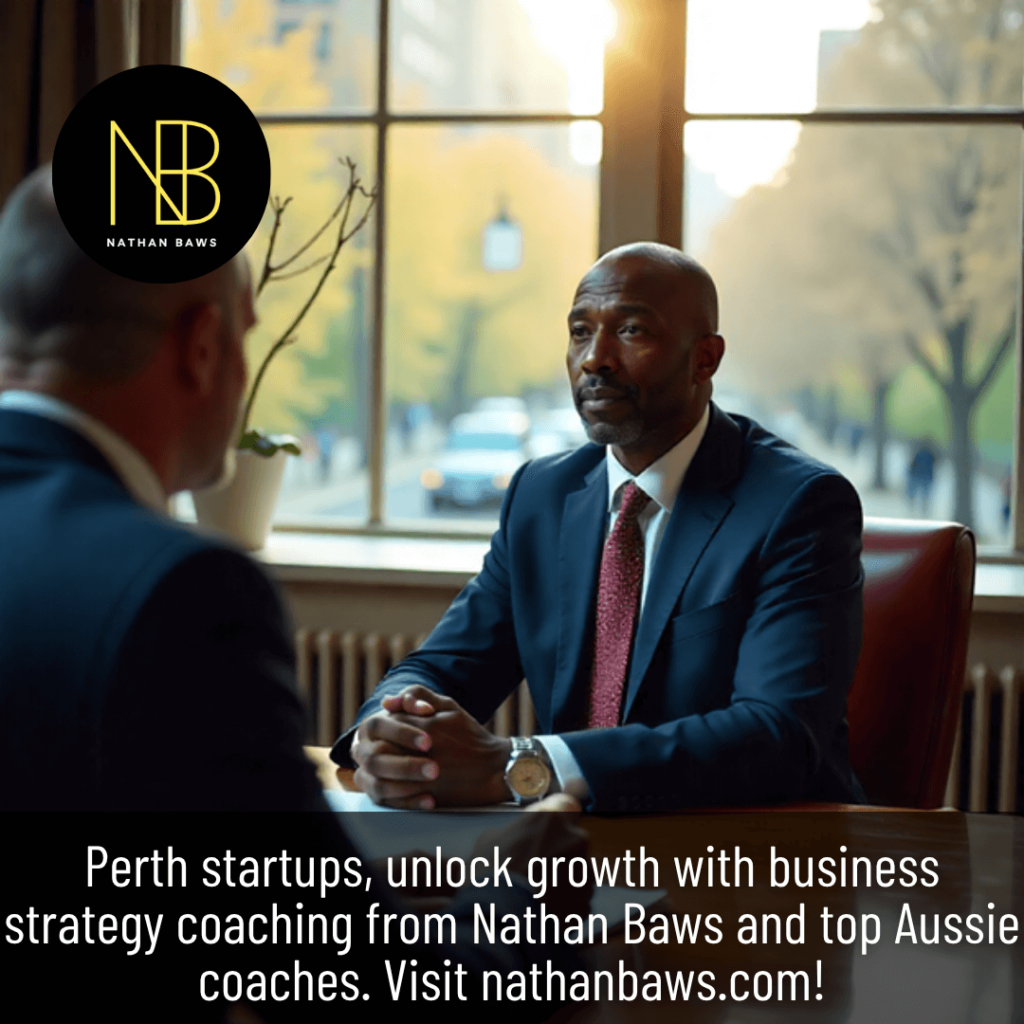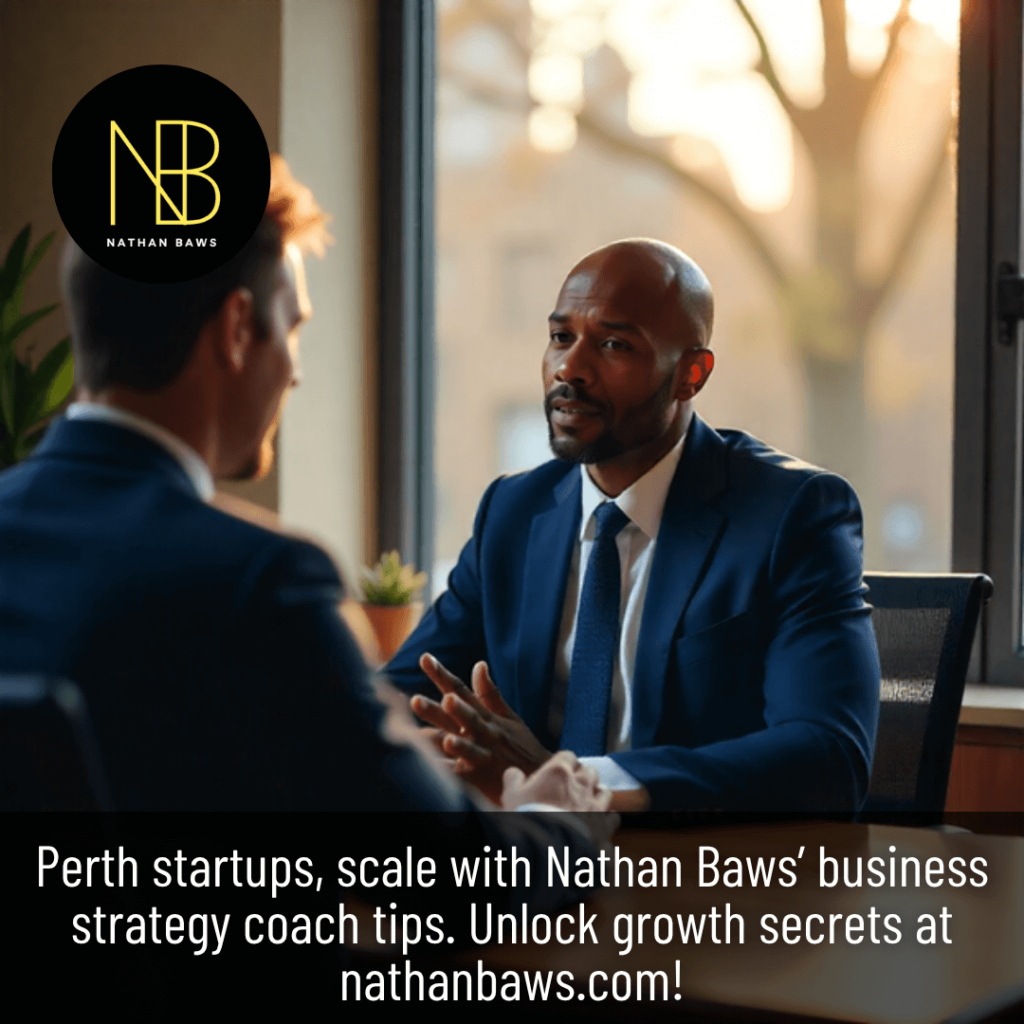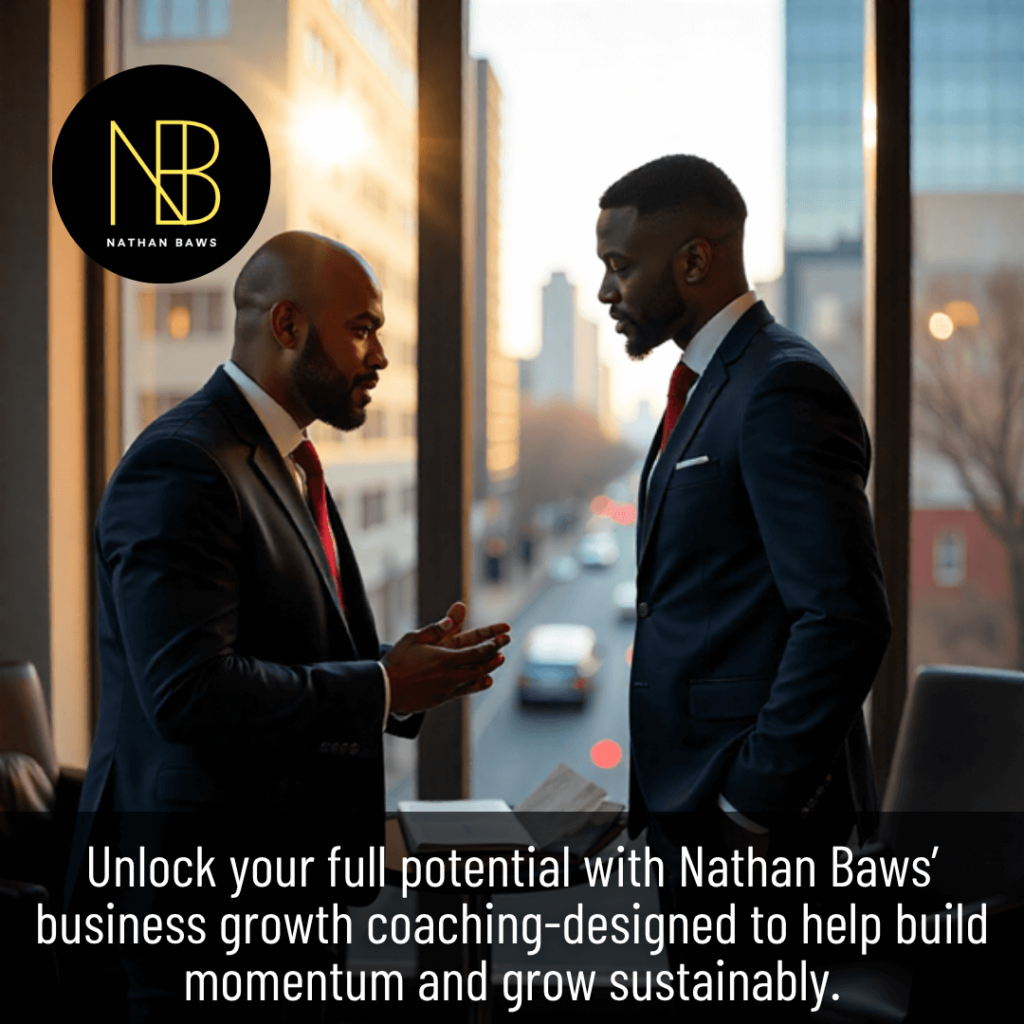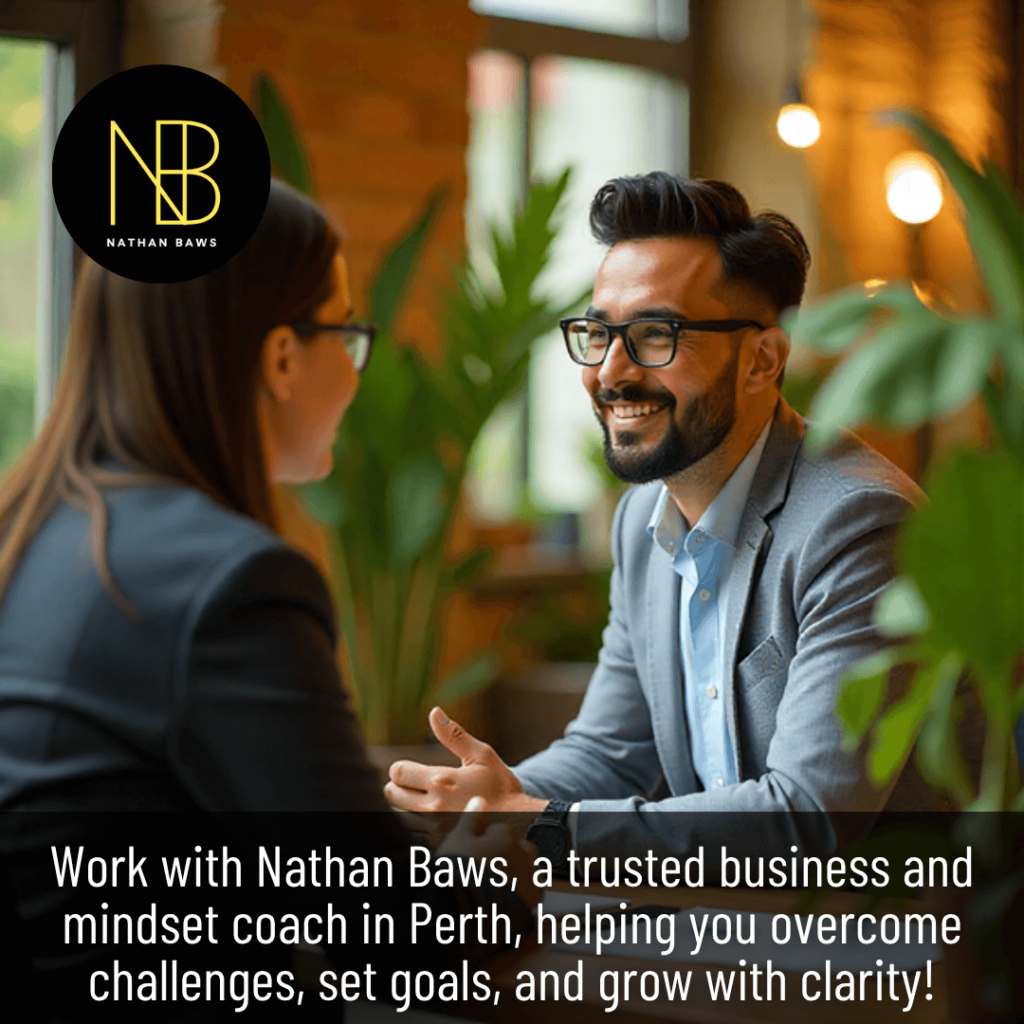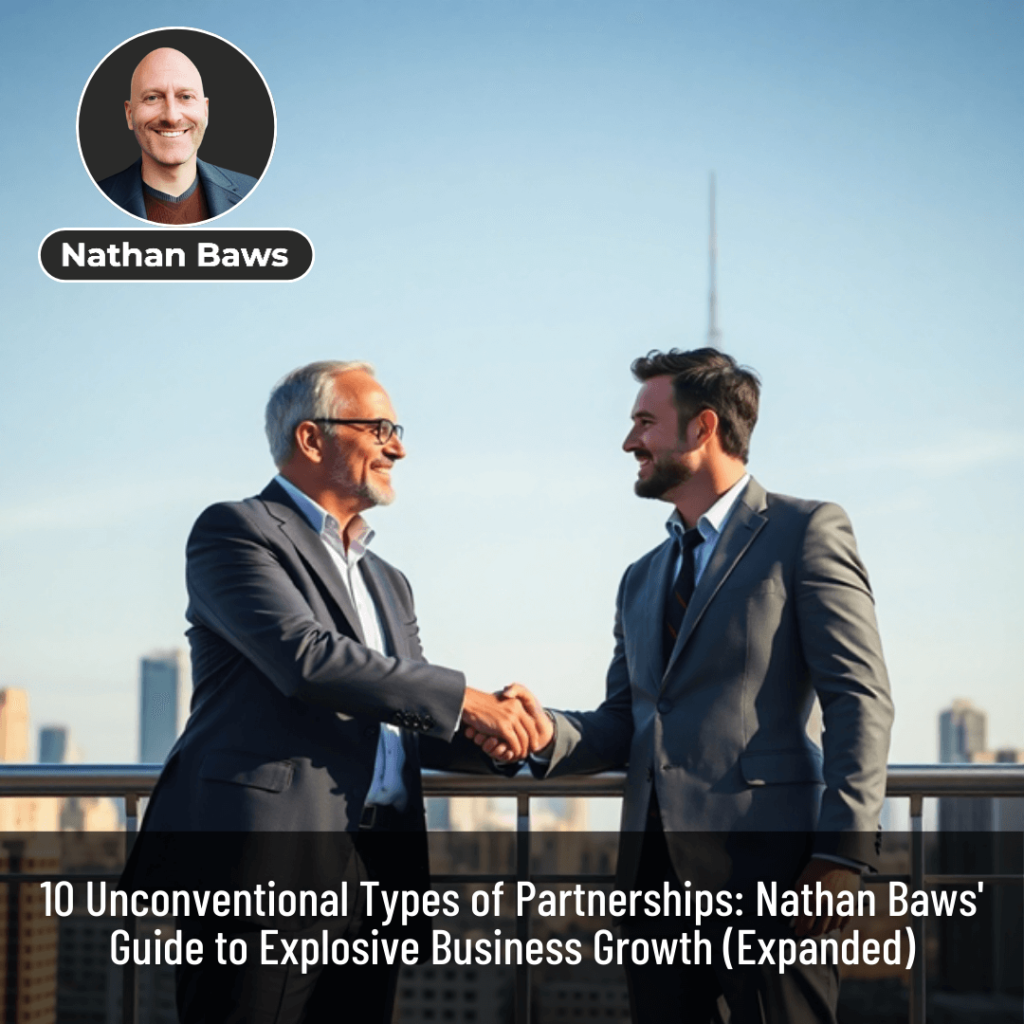Perth to Melbourne: Growth Coaching Success Stories from Real Businesses (growth coaching for businesses)
Introduction: Your Perth Business Can Soar Hey Perth! I’m Nathan Baws, your local expert in growth coaching for businesses, and I’m buzzing to share real stories of Aussie businesses thriving from Perth to Melbourne. I’ve sipped flat whites in Fremantle, watched techies hustle in the CBD, rooted for tradies in Joondalup. Perth’s market is alive—mining booms, tourism waves, small-business heart-but growth is tough. Doubt hits hard, cash runs low, competitors bite. I’ve felt that gut-churn in lean months. Through growth coaching for businesses, I’ve helped locals and seen Aussie wins turn struggles into successes. These six strategies, packed with real stories, show how growth coaching for businesses can lift your venture. Ready to soar? Let’s dive in! Key Takeaways: Mapping Your Growth Journey Growth coaching for businesses builds a clear roadmap, mixing big dreams with real steps. Setting a Big Goal You need a vision. A Perth tech startup I coached wanted to double revenue. With coaching for businesses, we set sharp targets, hitting 25% growth in six months. Clarity gets you there. Chopping Goals Down Big dreams can feel heavy. Growth coaching for businesses breaks them into bits. A Fremantle café owner I worked with wanted to expand; we started with local ads, doubling her crowd. Small moves win big. Getting Your Team Aligned A united team drives growth. I coached a Melbourne retail startup to rally staff around one goal, boosting output. Growth coaching for businesses keeps everyone on track. Staying Nimble Markets shift—Perth’s mining surges, Melbourne’s trends evolve. Growth coaching for businesses keeps your plan flexible. A client pivoted to online sales, gaining 15% more revenue. Toughening Your Mindset Growth takes grit. Growth coaching for businesses builds your mental strength to tackle hurdles. Pushing Past Doubt Doubt can freeze you. I used to shake before pitches—heart thumping, palms sweaty. Growth coacing helped me push through, and it’ll help you too. Learning from Slip-Ups Mistakes teach you plenty. A Perth startup I coached lost a deal but used feedback to win bigger contracts. Growth coaching turns flops into steps forward. Staying Sharp Distractions kill drive. Growth coaching for businesses helped a Melbourne café owner skip trendy fads and stick to core goals, doubling output. It’s about focus. Starting with Thanks Gratitude keeps you steady. I jot down three daily wins, like a great client chat. Growth coaching taught a tradie to do this, lifting his energy. Stretching Your Resources Businesses run lean. Growth coaching helps you maximise time, money, and people. Focusing on What Counts Not every task grows your business. A Perth real estate startup I coached prioritised client meetings over admin, lifting sales by 12%. Growth coaching shows what matters. Stretching Your Budget Cash is tight. Growth coaching for businesses helped a Melbourne retailer budget smarter, saving 10% monthly. It’s about making every dollar count. Using Your Team Well Your team’s your strength. I coached a Perth startup to delegate low-value tasks, freeing the founder for growth. Growth coaching maximises your people. Working Smarter with Tech Tech saves time. A Melbourne client used scheduling tools after growth coaching for businesses, cutting admin time by half. It’s about efficiency. Seizing Local Opportunities Perth and Melbourne markets are goldmines. Growth coaching helps you grab chances. Knowing What’s Hot Perth’s mining and tourism, Melbourne’s creative vibe—both are opportunities. A Perth tour operator I coached launched eco-tours, tripling bookings. Growth coaching for businesses keeps you in the loop. Making Connections Networking opens doors. A Melbourne client met a supplier at a local event, cutting costs by 10%. Growth coaching guides you to the right people. Getting Seen Online Local SEO puts you in front of customers. A Perth florist I coached tweaked her Google profile, doubling orders. Growth coaching for businesses helps you get noticed. Giving Back Locally Communities love businesses with heart. A Melbourne café sponsored a local event, earning loyal customers. Growth coaching builds those ties. Building Customer Bonds That Last Loyal customers fuel growth. Growth coaching helps you create ties that stick. Listening to Customers Feedback’s gold. A Perth salon owner I coached added evening slots after requests, boosting bookings by 20%. Growth coaching teaches you to act fast. Being Honest Honesty builds trust. I’m open about my coaching, and clients love it. A Melbourne tradie I coached shared clear plans, earning repeat jobs. Growth coaching for businesses values openness. Staying in Touch Check-ins show you care. A Perth fitness startup I coached sent weekly tips, lifting retention by 15%. Growth coaching for businesses makes small moves count. Adding Personal Touches Tailored service wins fans. A Melbourne baker made custom cakes for regulars, growing her base. Growth coaching helps you personalise. Flipping Setbacks into Wins Businesses face bumps. Growth coaching for businesses helps you turn setbacks into growth. Learning from Mistakes Mistakes teach you heaps. A Perth startup I coached lost a client but used feedback to land better deals. Growth coaching for businesses turns errors into progress. Asking for Input Feedback sparks growth. I check in with clients to refine my coaching. A Melbourne artist I coached tweaked her designs after comments, doubling sales. Growth coaching for businesses values input. Pushing Through Grit is everything. A Perth café owner I coached pushed through slow months, landing a catering deal. Growth coaching keeps you going. Staying Upbeat A positive vibe fuels you. I start my day with a walk in Kings Park. A Melbourne client tried it and handled stress better. Growth coaching builds resilience. Conclusion: Make Your Perth Business Shine I’ve been offering growth coaching for businesses in Perth for years, seeing startups in Fremantle cafés, CBD tech hubs, and Joondalup workshops soar, alongside Melbourne successes. These six strategies—mapping growth, toughening mindset, stretching resources, seizing local opportunities, building customer bonds, flipping setbacks—are straight from my own path and Aussie business wins. They’re real, practical, and built for you. Whether you’re starting or scaling, growth coaching for businesses can make your Perth venture shine. I’m here to back you up. Ready to grow? Visit https://nathanbaws.com/, book

